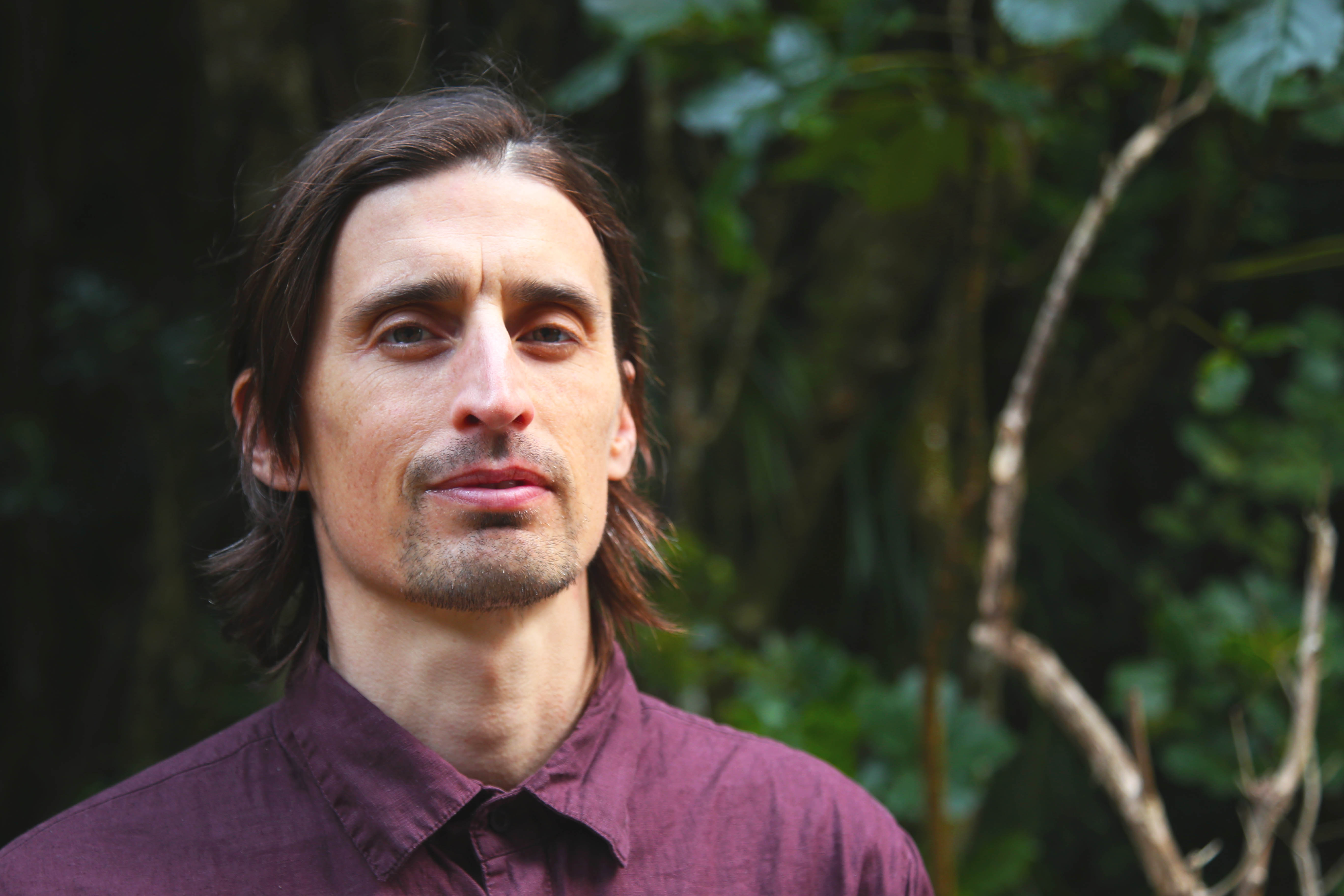Review: The Sun Also Rises - Passion and Tension in Europe
“Montoya could forgive anything of a bull-fighter who had aficion. He could forgive attacks of nerves, panic, bad unexplainable actions, all sorts of lapses. For one who had aficion he could forgive anything. At once he forgave me for all of my friends. Without his ever saying anything they were simply a little something shameful between us, like the spilling open of the horses in bull-fighting.” Hemmingway, The Sun Also Rises.
Aficion is Spanish for passion - and it was passion that carried Elevator Repair Service’s verbatim theatrical staging of Hemmingway’s classic novel in “The Select (The Sun Also Rises)” in the New Zealand Festival.
Montoya is the hotelier in Pamplona, where the play’s climactic scenes take place, and the friends the narrator Jake discusses are the cast of post-WWI US and English vagabonds accompanying him. This play sees them raging amok in a bender of alcohol and parties from Paris to the Cafe Select in Pamplona searching for the next fiesta or fix to fill up the emptiness their entire generation feel inside.
The cast manage to play a range of obnoxious, bullying, abusive and manipulative drunks while remaining relatable. There is a palpable feeling of their sadness and emptiness being filled with liquor and fast living with little regard for their own or others’ wellbeing. They really bring to life Hemmingway’s exploration of the clash of manners and culture between the waspy Americans, aristocratic English, Jews and the Spanish in this tense post-war society. The misogyny and anti-semitism ais here and at times shockingly casual. The production managed to use tension to great effect to explore the key themes of class, money, sexual politics and the constant battle between desire for that which is forbidden and unavailable.
The narrator, Jake Barnes (Mike Iveson) did an excellent job as both the central character and storyteller Jake, providing for some great laughs in the process of switches from narration to dialogue.
The cast manage superbly to perform 3 hours straight of various states of intoxication (mostly extreme), which must be commended. This was never overdone, but provided excellent slapstick and physical comedy to offset the often tragic and hopeless nature of the narrative and general tone.
A basic ‘fine and good’ set design by David Zinn features a wooden panelled European barroom and lino floors is used to good effect here. The long wooden bar tables double as beds, huge trout and even sprout bullhorns to become the bulls enacting Hemmingway’s famous scenes describing in great detail the art of bullfighting.
This play sees the colourful cast raging from party to party in Paris and the running of the bulls fiesta in Pamplona and the music, dialogue and wine all flow like blood in the final scene of Hamlet.
An interesting note was the casting of Susie Sokol in one of the central male characters of 19 year old Spanish bullfighter Pedro Romero - Brett's third and youngest love interest in a a matter of days. In the book this character exudes a kind of Hispanic machismo, beauty and arrogance that really cannot be faked, however she does a good job of channeling the masculine. While, the main female role Lucy Taylor as the heartbreaking Brett Ashley was desire personified it did feel that she did not quite have a strong magnetic male counterpart to balance her and their chemistry did feel a little flat as a result. However, in saying that, the casting choice was totally redeemed by Suzie's outstanding performance when it came to the bullfight scenes. She showed excellent grace and dancer-like poise in her depiction of the young bullfighter at the peak of his art and within inches of death. She captured perfectly the essence of Hemmingway’s description of the fights in the novel:
“Romero never made any contortions, always it was straight and pure and natural in line. The others twisted themselves like corkscrews, their elbows raised, and leaned against the flanks of the bull after his horns had passed, to give a faked look of danger. Afterward, all that was faked turned bad and gave an unpleasant feeling. Romero’s bull-fighting gave real emotion, because he kept the absolute purity of line in his movements and always quietly and calmly let the horns pass him close each time. He did not have to emphasize their closeness.”
The music and sound design was excellent throughout Matt Tierney (who portrays Robert Cohn, the novel’s Jewish target) alternates between this character and live mixing the sound from a desk at the back of stage. The soundtrack is an excellent mix of authentic and lively French and Spanish period music and a constant stream of Foley sounds that bring the on stage action to life.
This was a quality piece of theatre. I was sceptical of how they would manage to pull off a verbatim production of such a classic novel, but was suitably impressed. The power of the literature itself was allowed to do its work and the director’s touches simply added texture and feeling. To me this brought the novel to life more than any film adaption could hope to do which is no small feat. This effort was a follow up to highly acclaimed adaptations of The Great Gatsby and The Sound and The Fury, so I would definitely recommend checking out any future work by this company if you like classic literature.



 Bill Bennett: Another Pacific cable for NZ by 2026
Bill Bennett: Another Pacific cable for NZ by 2026 Suze Wilson - The Conversation: Luxon’s Leadership Test; What Would It Take To Win Back Unimpressed NZ Voters?
Suze Wilson - The Conversation: Luxon’s Leadership Test; What Would It Take To Win Back Unimpressed NZ Voters? Gordon Campbell: On The Coalition’s Awful, Not Good, Very Bad Poll Results
Gordon Campbell: On The Coalition’s Awful, Not Good, Very Bad Poll Results Ian Powell: Policy Vacuum Enables For-profit Corporate General Practice Ownership By Stealth
Ian Powell: Policy Vacuum Enables For-profit Corporate General Practice Ownership By Stealth Gordon Campbell: On Iran Killing Its Rappers, And Searching For The Invisible Dr. Reti
Gordon Campbell: On Iran Killing Its Rappers, And Searching For The Invisible Dr. Reti Peter Dunne: MPs Unusually Quiet On Pay Rise
Peter Dunne: MPs Unusually Quiet On Pay Rise